On a road trip from Austin, Texas, to Boulder, Colorado, I stopped in Sweetwater, Texas, for the National WASP Museum. It’s fun, informative, and free to visit, and really won’t take up much of your time. I highly recommend it if you’re in the area or passing through.
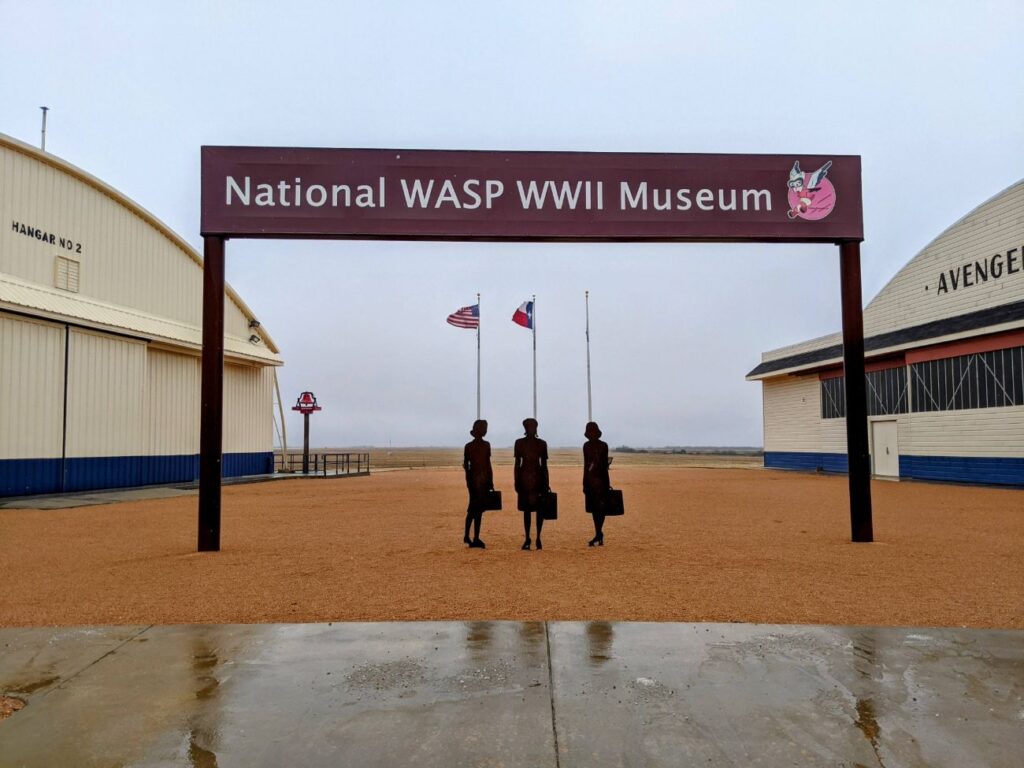
What is a WASP?
Back before women were allowed to fly officially for the armed forces, qualified female pilots could apply to the WASP training program. WASP stands for “Women Airforce Service Pilots” and was a civilian auxiliary organization associated with the Air Force. Over 25,000 women applied for WASP training. Only 1,830 were accepted. Of those. only 1,074 completed training.
The WASP training field was here in Sweetwater at Avenger Field. After four months of training, each pilot would have had 560 hours of ground school in subjects like Morse code, meteorology, military law, physics, aircraft mechanics, and navigation, plus at least 210 hours of flight training. Many went on to even more specialized flight training.
After graduation, WASPs were deployed to air bases across the U.S. with the end goal of freeing more men for combat duty by taking over routine flight tasks. The WASPs ferried planes from factories to airbases, towed targets for ground-to-air target practice, carried cargo, tested newly-repaired planes, and more. Some WASPs even flew planes that the male pilots were reluctant to fly, like the B-29 Super Fortress. Seeing women fly these planes tended to “encourage” (i.e., embarrass) the men into flying them themselves.
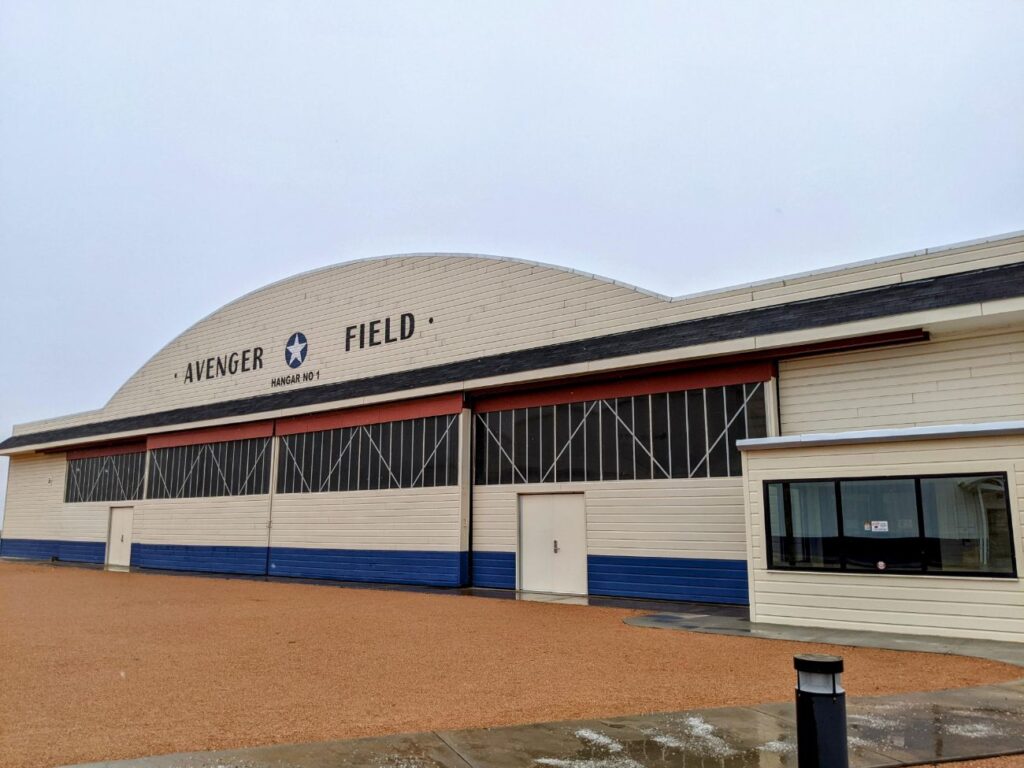
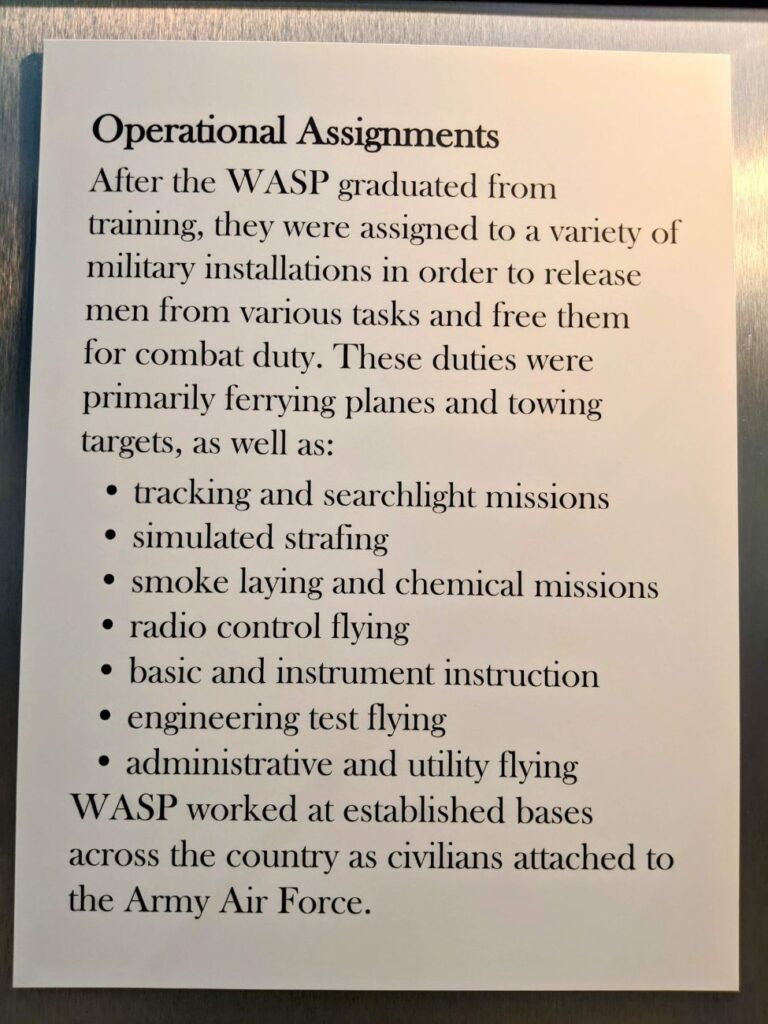
End of the WASP Program
The WASP program was short-lived. It began in August 1943 by combining two lesser-known female flight auxiliary programs, the WAFS and the WFTD. (Women’s Auxiliary Ferrying Squadron and Women’s Flying Training Detachment, respectively.) It ended in December 1944 due to complaints about the cost of the program, which may have been a backlash against the women’s desire for military status.
Of the 1,074 women who trained under the program, 38 women lost their lives in service. While the WASP never achieved military status while working (thus granting them military benefits), the members were granted Veteran status in 1977, and awarded the Congressional Gold Medal in 2009.
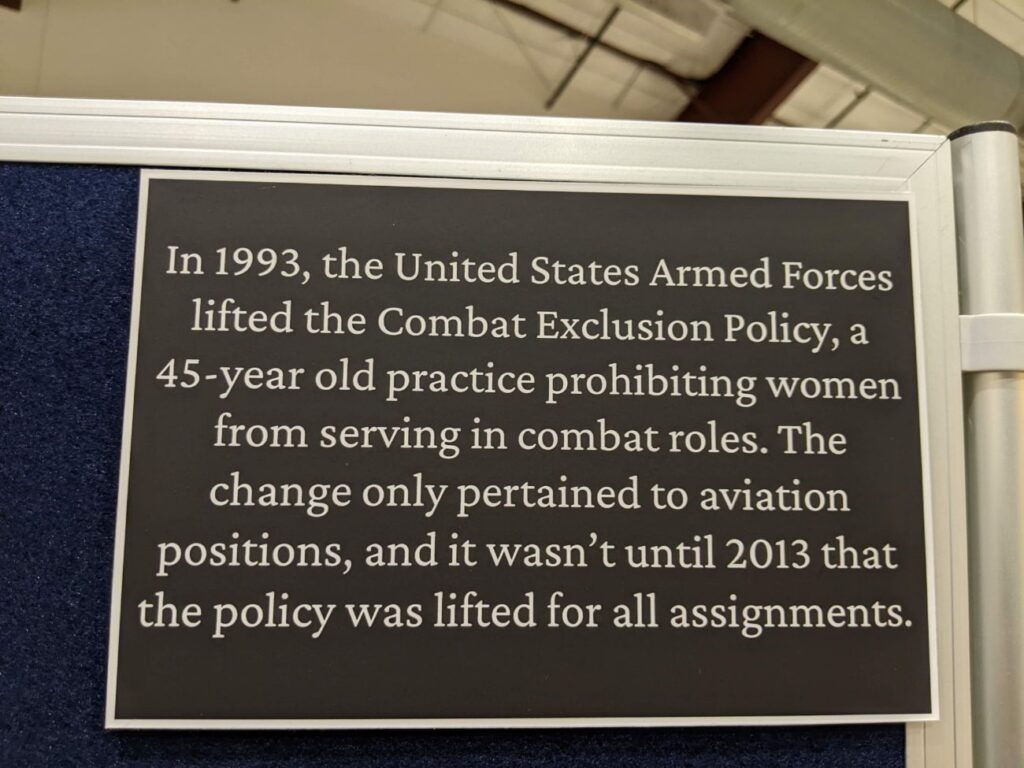
The WASP Museum
You can learn more and celebrate the women of the WASP program in the National WASP WWII Museum, housed in the same Avenger Field hangars that the women trained in. There are two hangars that make up the museum. Start with the one on the right. Inside is a gift shop where you can leave a donation if you wish. But otherwise, the museum is free.
There are numbers on the floor to guide your way through the museum, which ends up forming a loose counter-clockwise circle around the climate-controlled hangar. The first stop is a photo op with the inspiration photo for the metal figures outside. On the opposite side is a fun video worth sitting down for. It’s a 40’s-era documentary that describes the program in a movie-newsreel style.
Then, walking around the room, you see lots of photos and even some training units that you can climb into. Some of the women were too short for the training seats, so they had to use cushions to reach the appropriate height! You see the Disney-issued Fifinella insignia for the unit, and a classroom setup like they would have used.
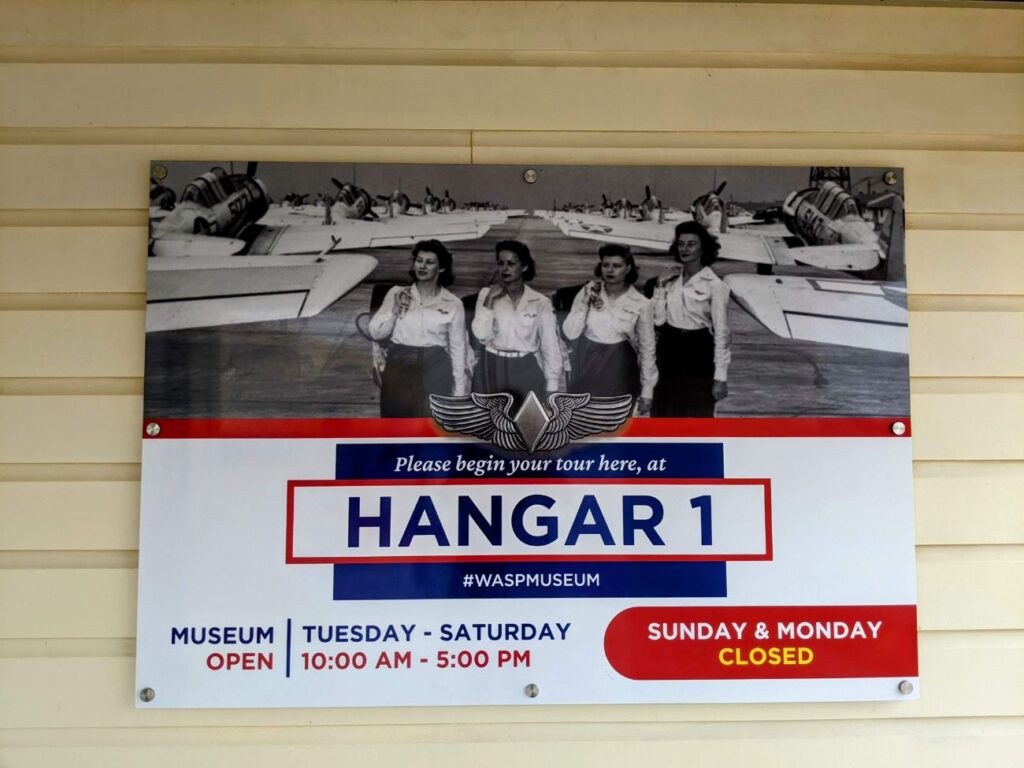
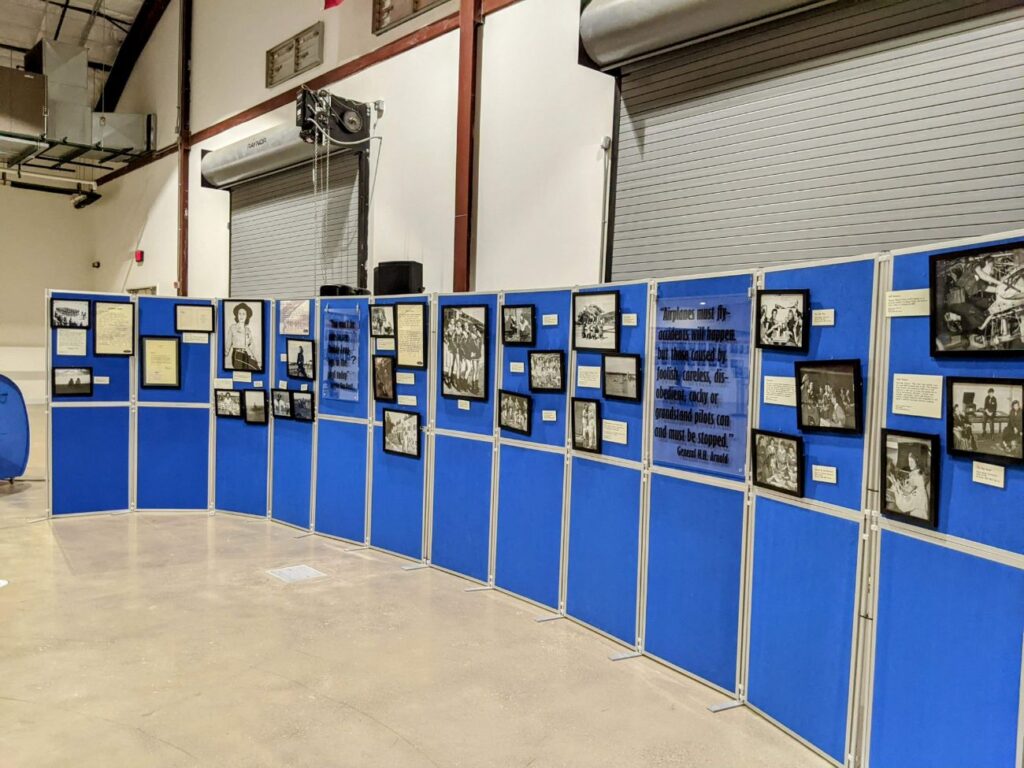
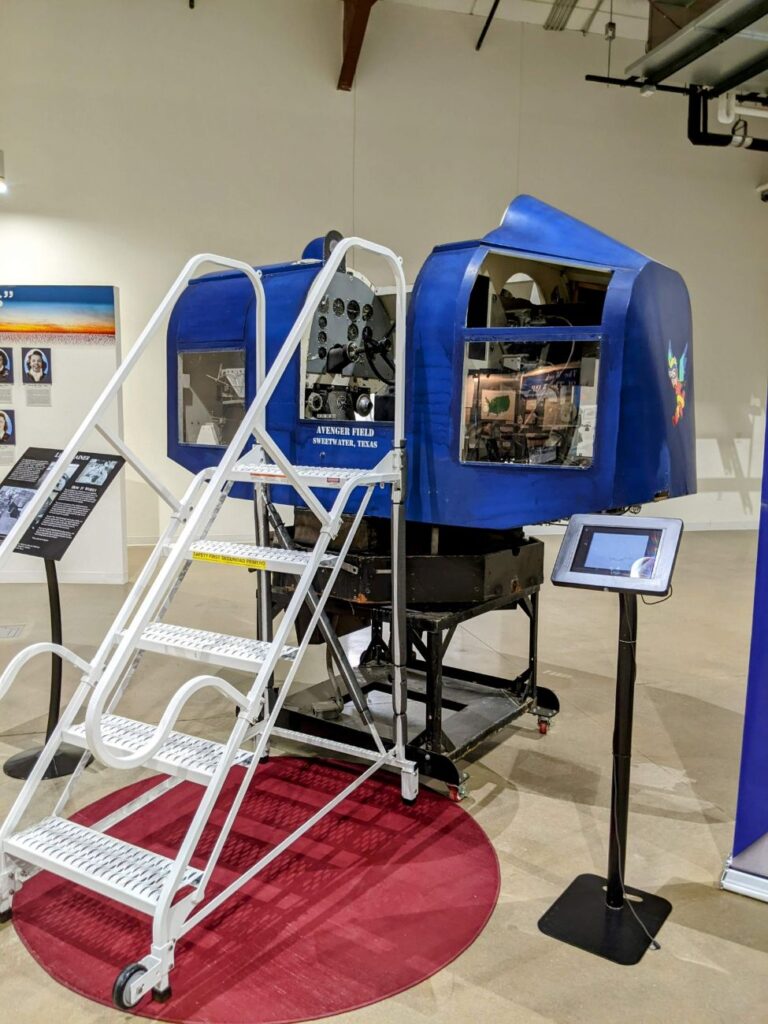
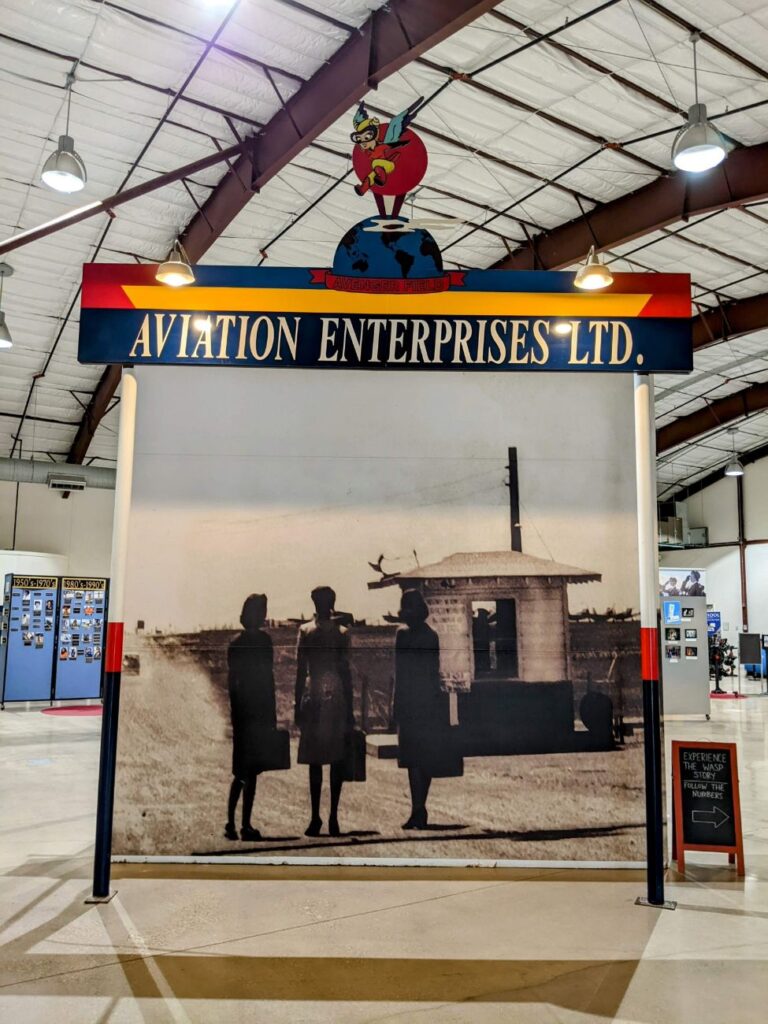
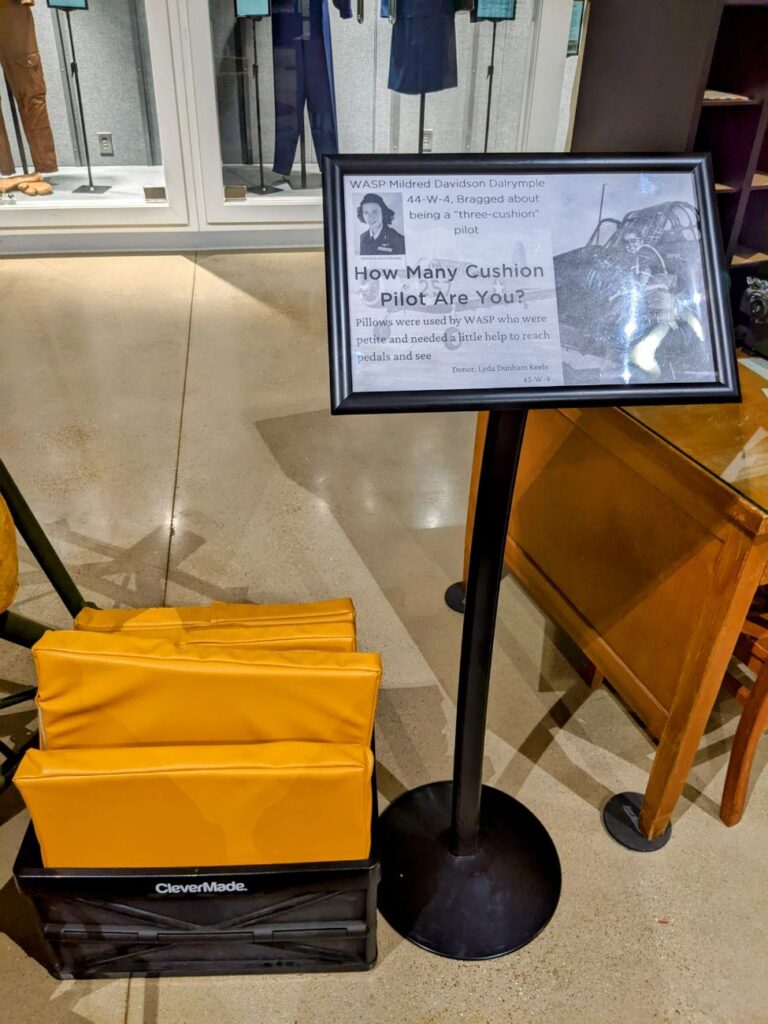
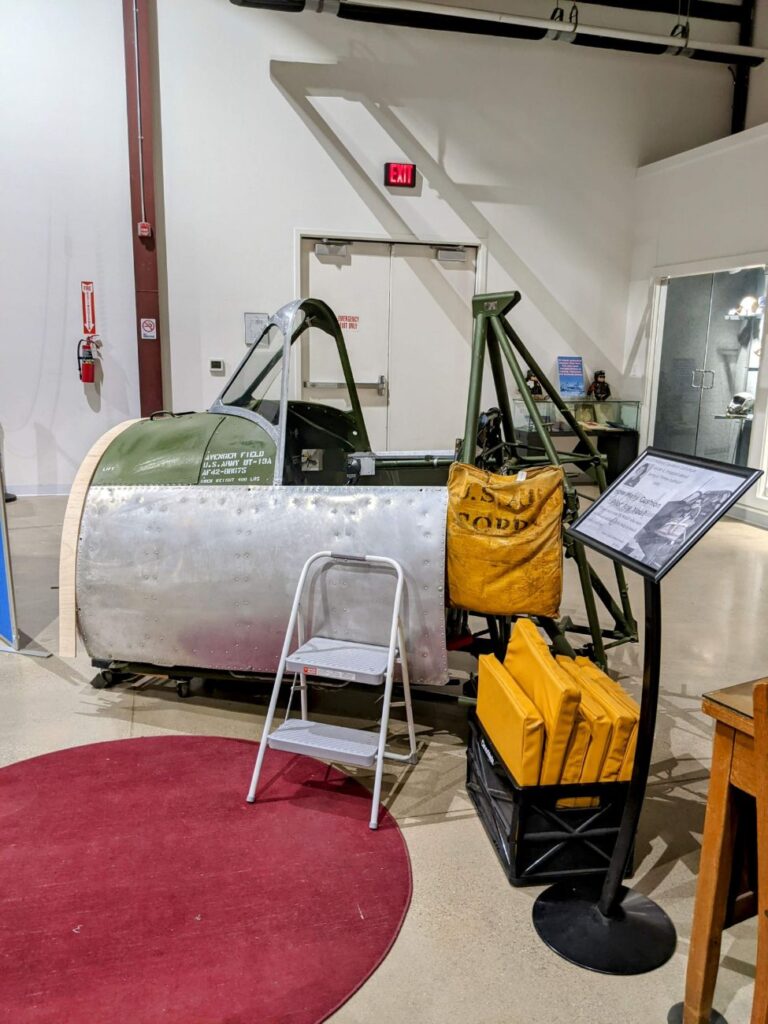
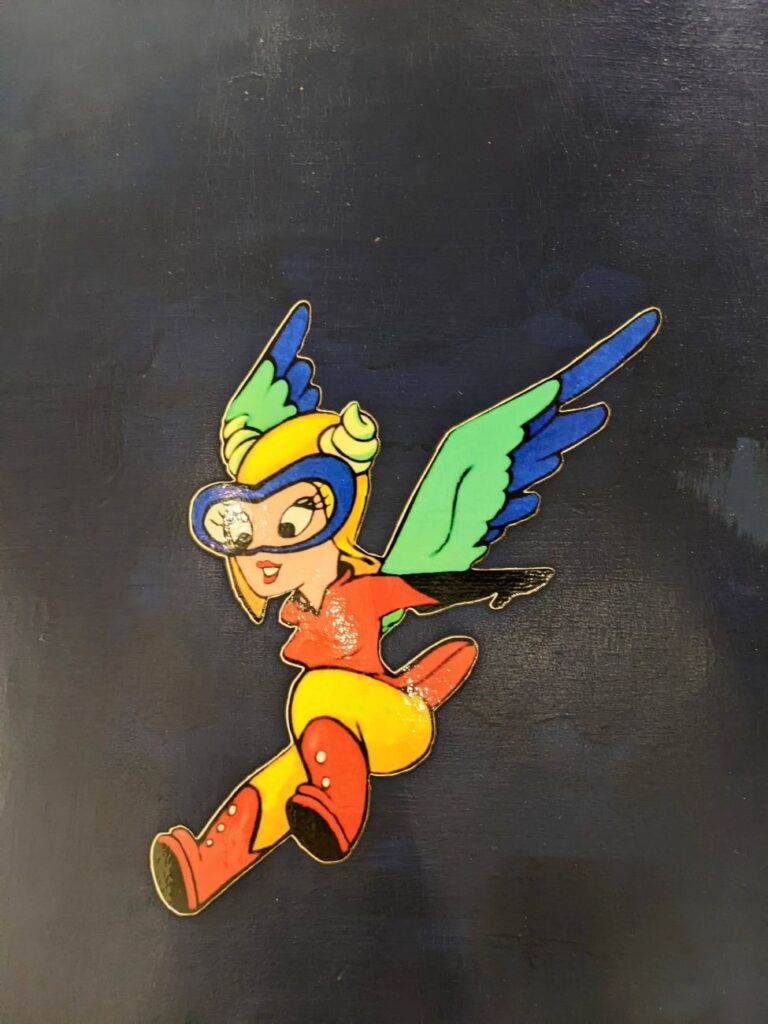
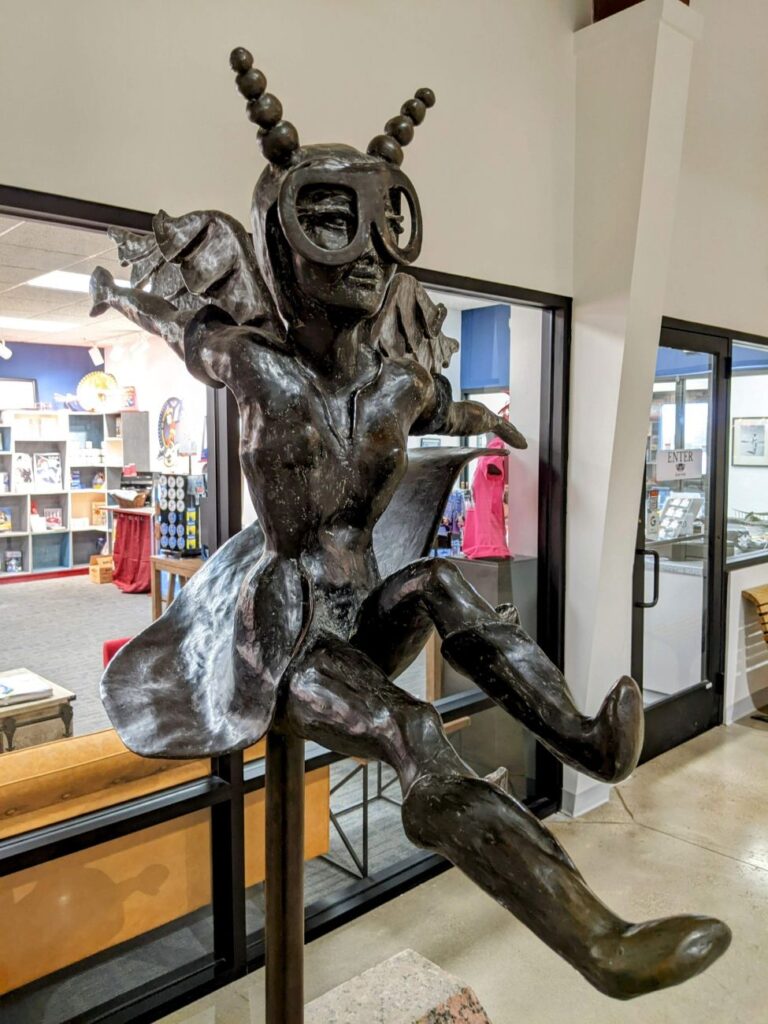
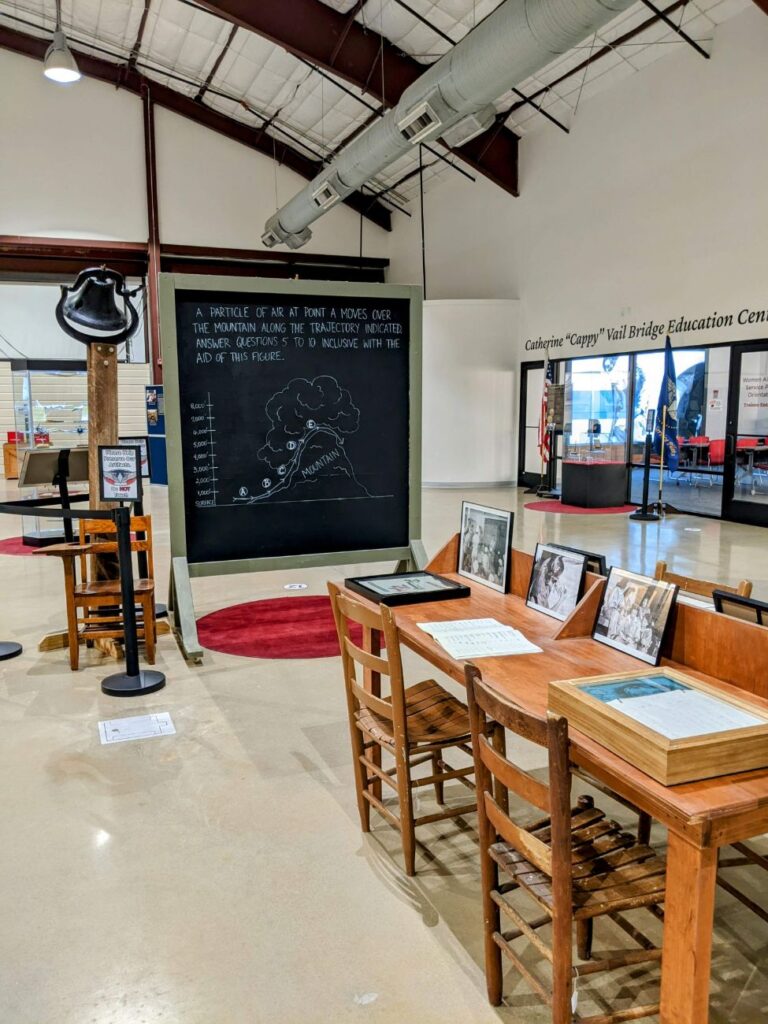
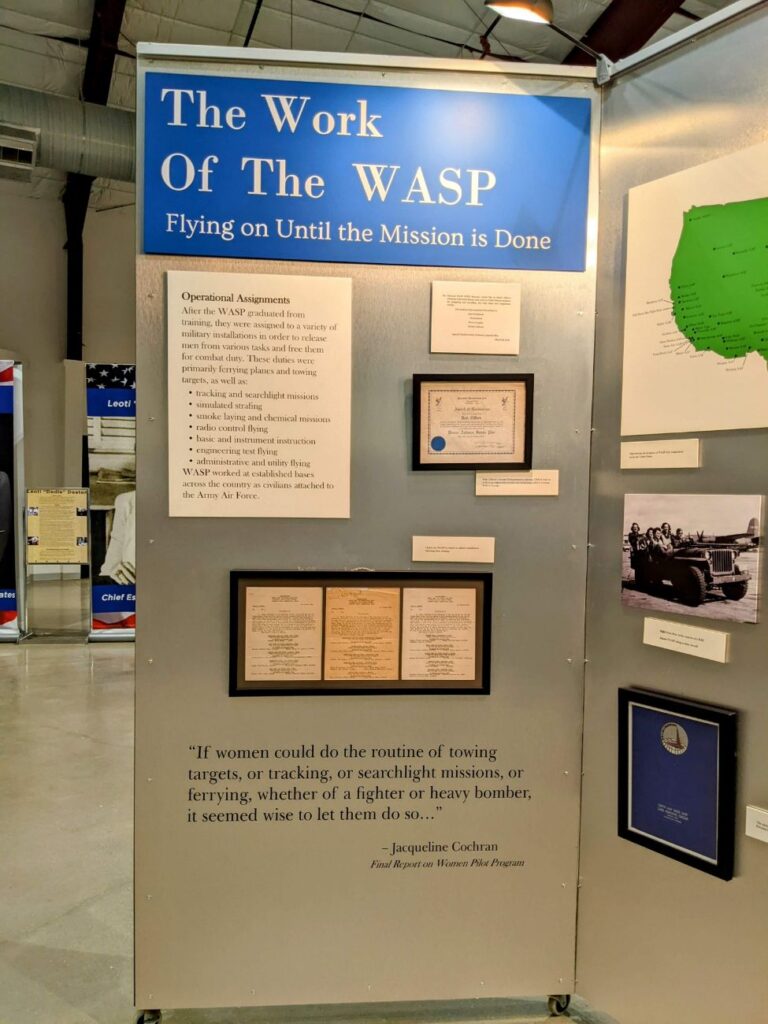
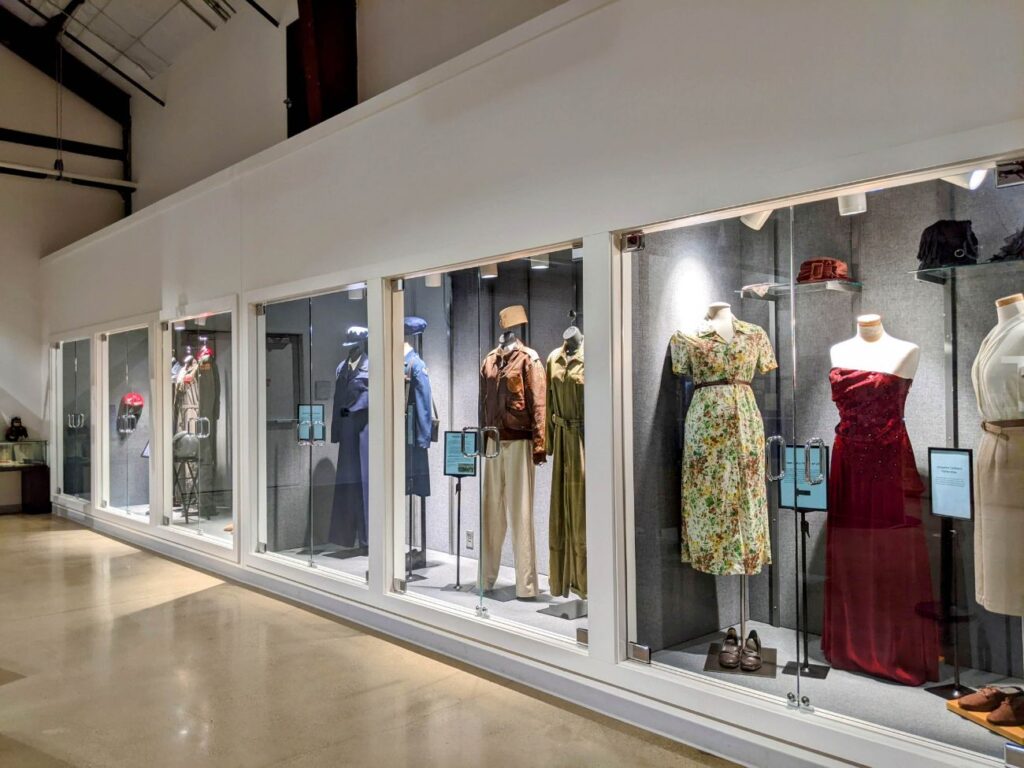
A Sense of Humor & Bravery
But, more than anything, you’ll see the sense of fun these women had in their training. From being issued only men’s 44-long coveralls (and altering them themselves) to jokes about “Cochran’s Convent,” you can tell they made the most of their opportunity. The displays tell of their bravery too. When told their planes would basically be used as target practice, not one of them balked. (And many got shot in the feet, even though the target was trailing behind the plane.)
One of the more interesting parts of the museum is a classroom set up in the back of the hangar. When you enter, a video automatically starts as if you are a trainee in the WASP program. The instructor tells you what to expect, with a few comments from the peanut gallery.
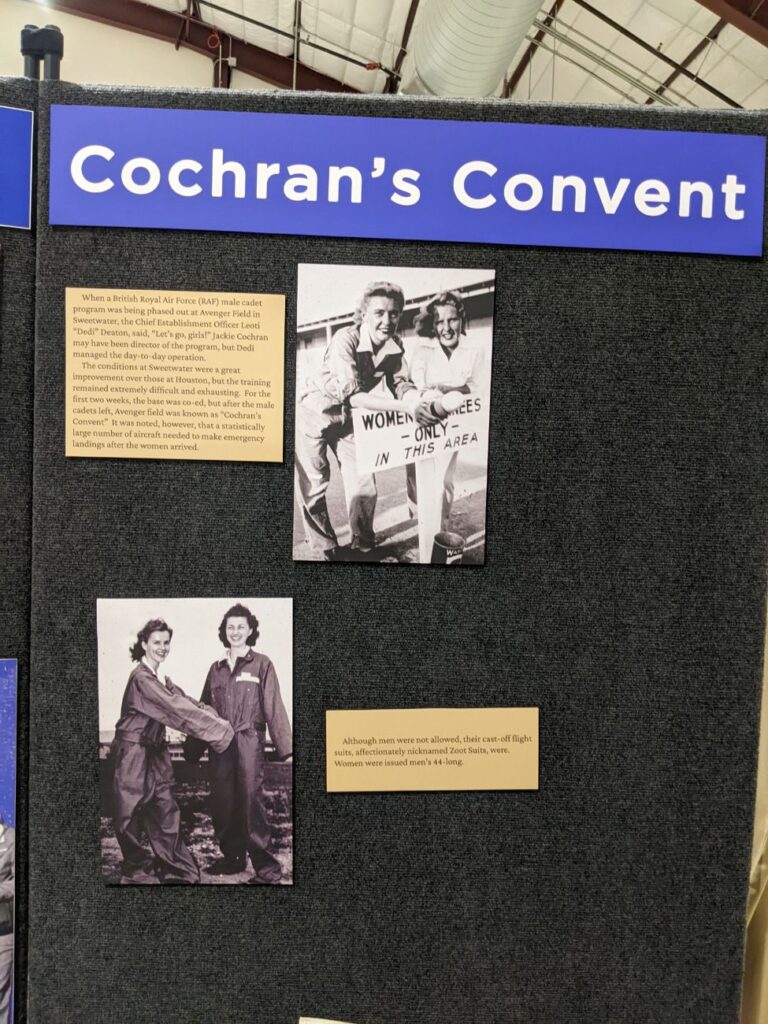
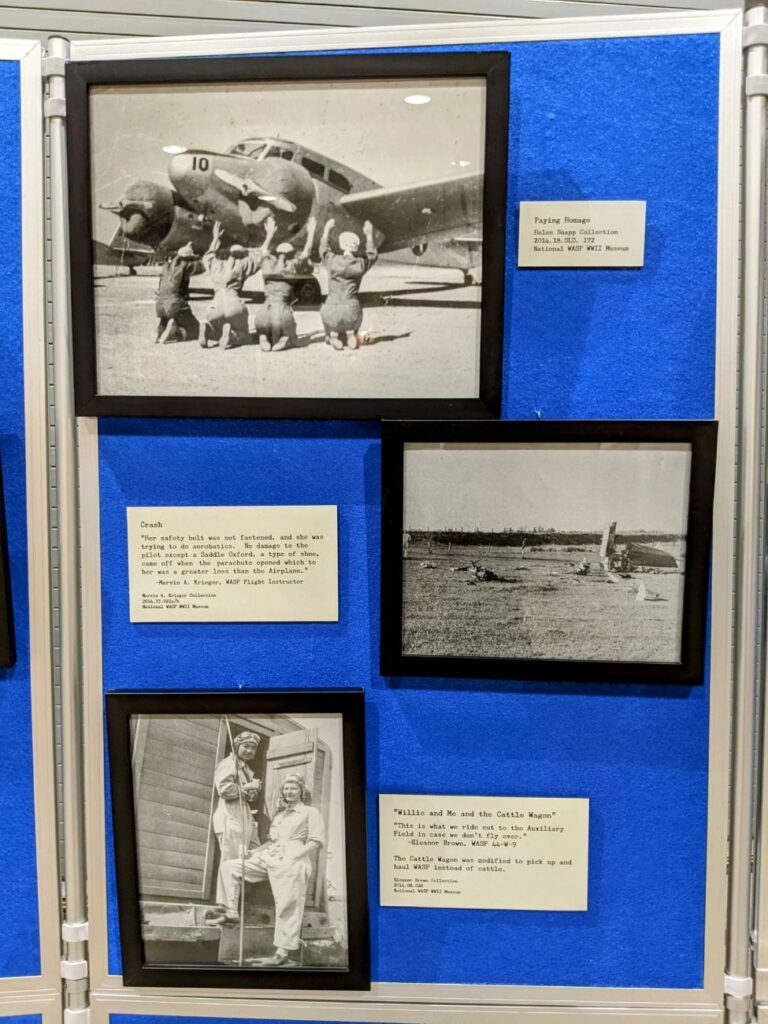
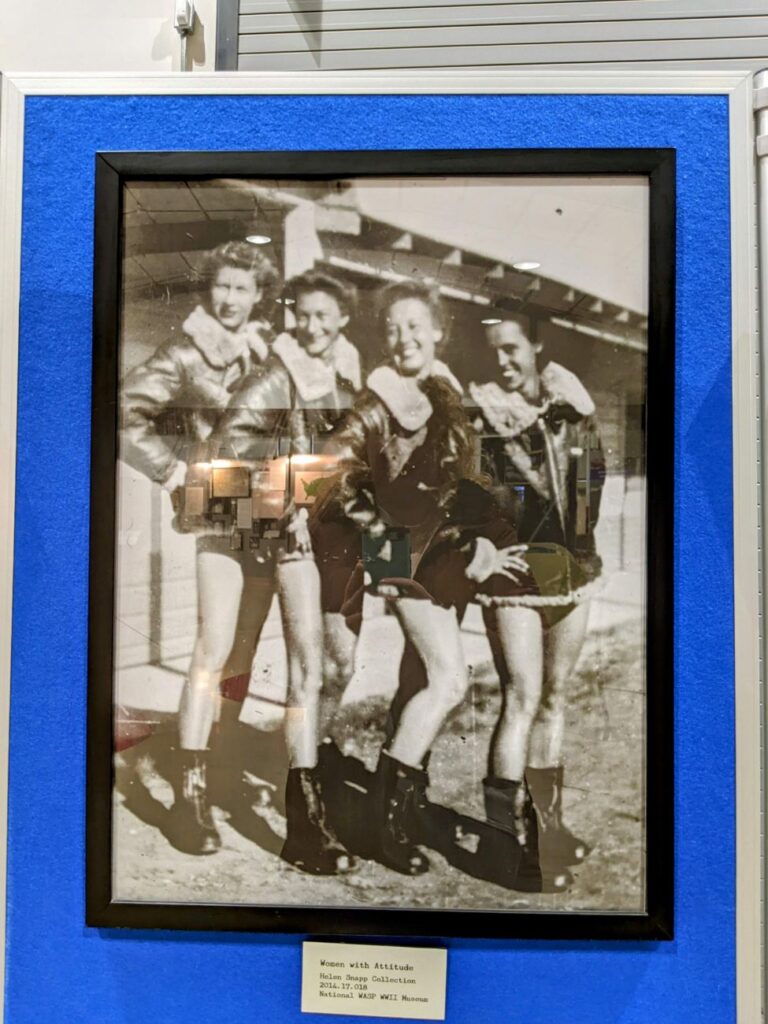
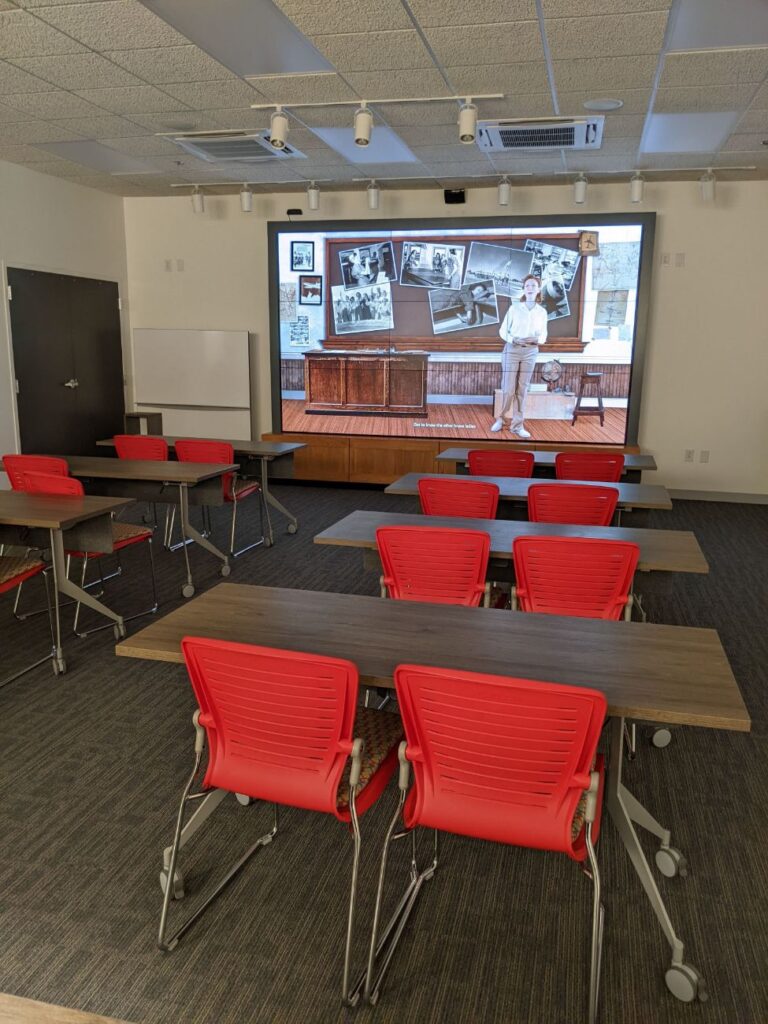
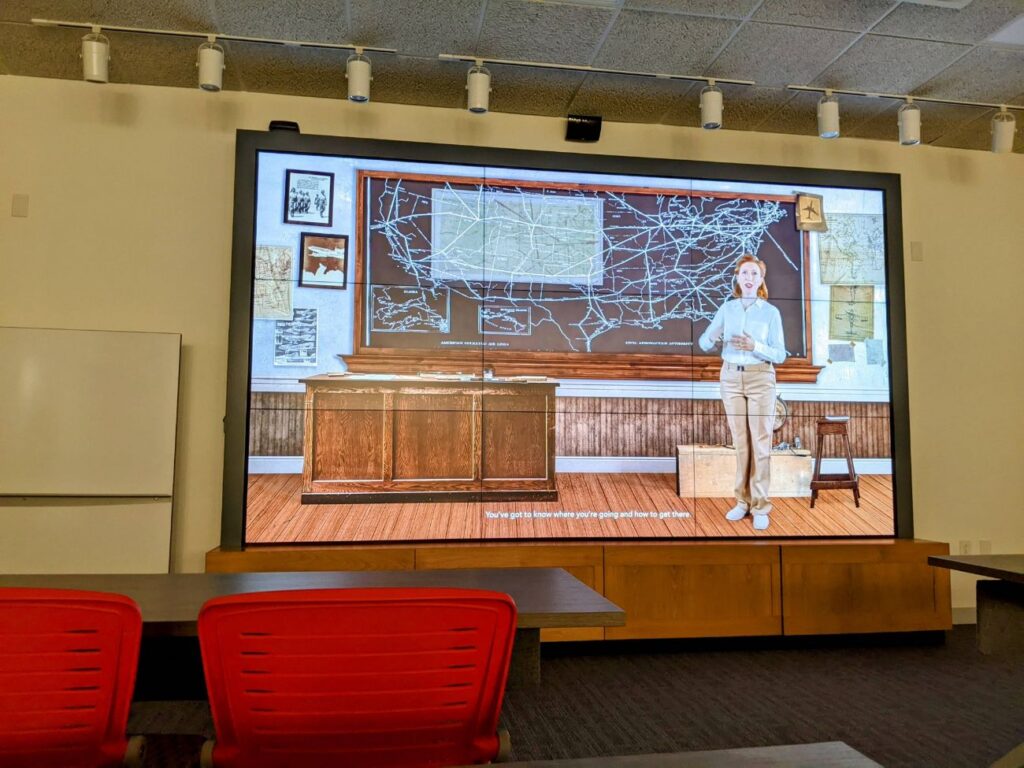
Hangar Two
Once you are finished with the first hangar, you can walk over to hangar 2. The only climate-controlled portion in this hangar is a lobby area with recent portraits of some of the women in the WASP program. And these portraits are FANTASTIC! There is so much joy and confidence in these ladies. They are such beautiful photos, make sure not to skip the second hangar.
Then the rest of the hangar houses some of the planes the women trained on, such as the Stearman PT-17 and the BT-13A Valiant. A corner of the hangar is set up as their bunks would have been, like a regular barracks with a study table in the center.
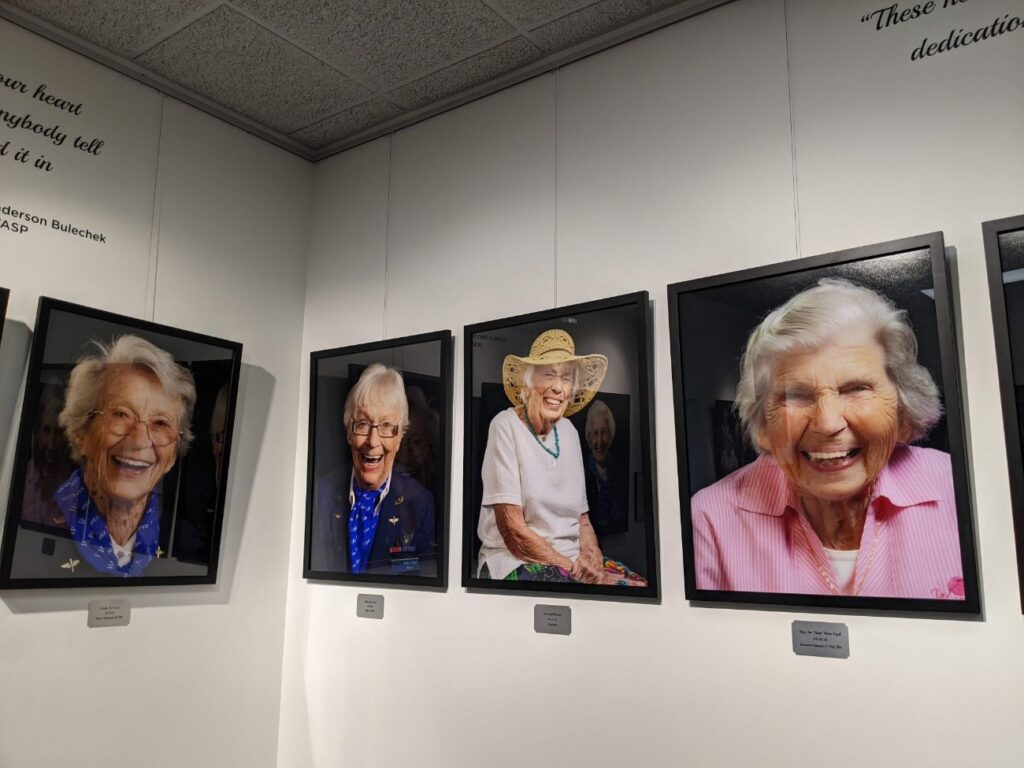
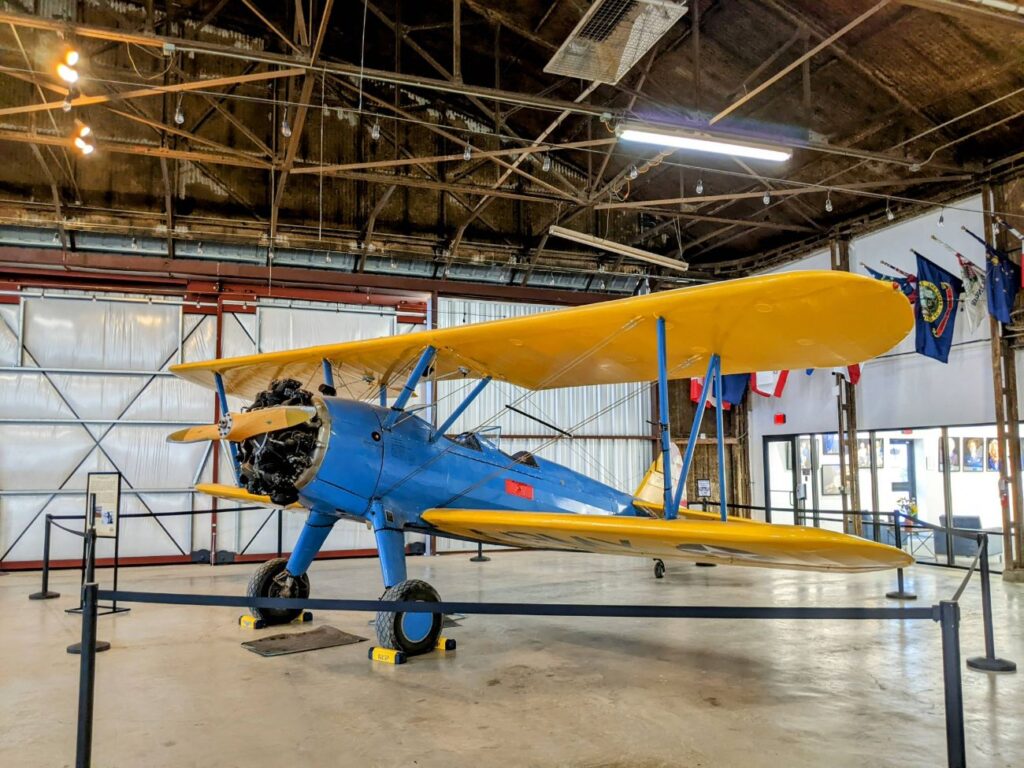
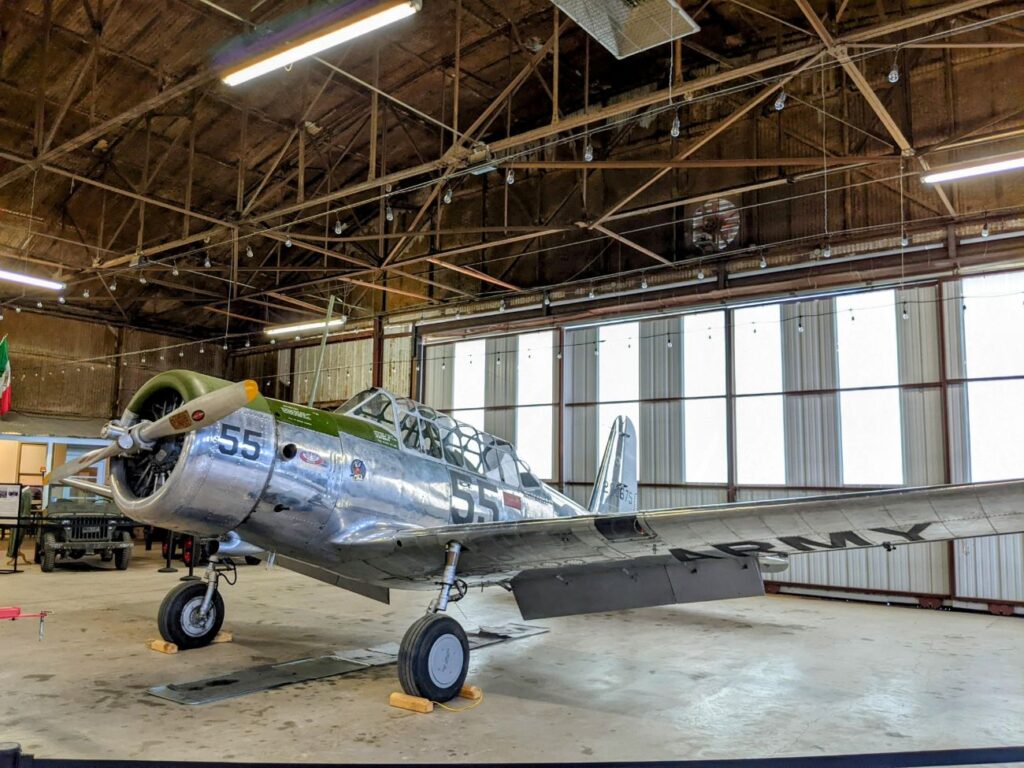
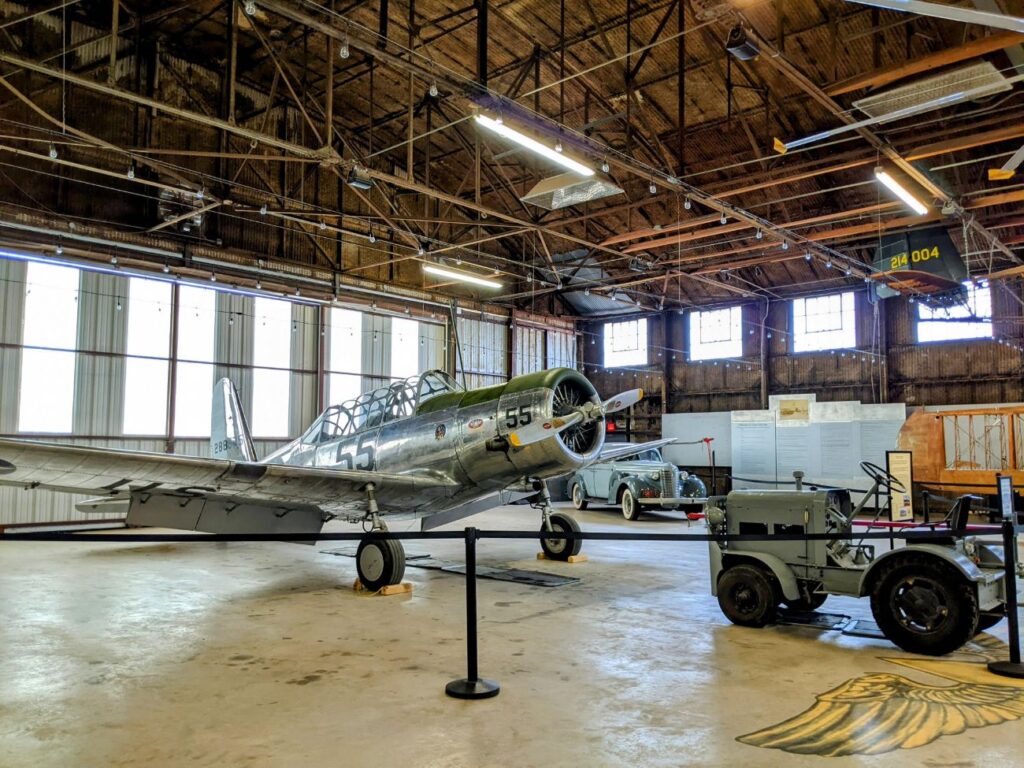
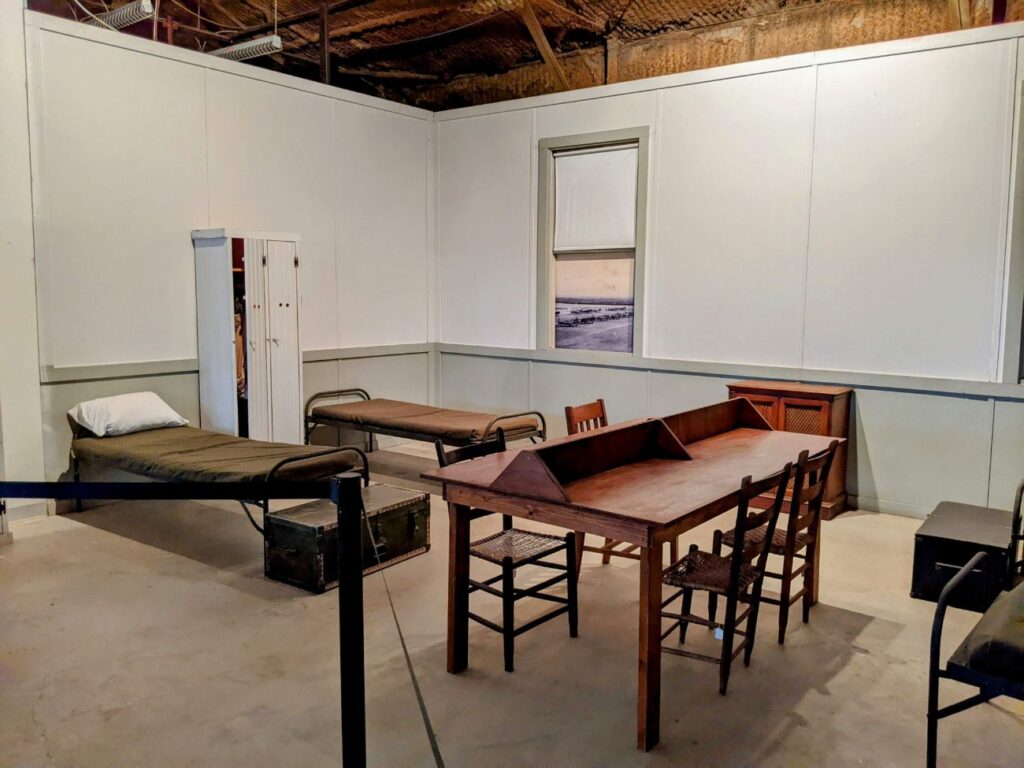
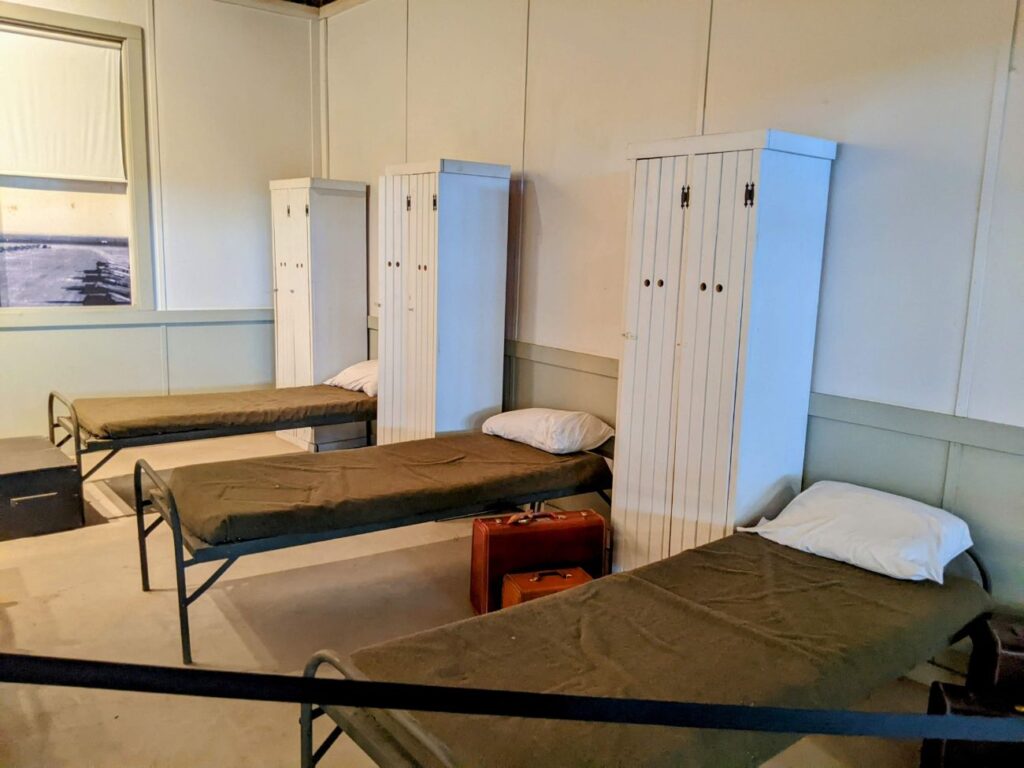
Conclusion
Make sure to look through the gift shop before you leave and put a donation in the box to keep this wonderful small museum going. It’s really well done and worth your time! (Though the whole thing takes less than an hour, so not even that much of your time.) If you are a fan of history, WWII history, women in history, or just want to see some fun pictures, the WASP Museum is well worth a stop.
The WASP Museum is open 10 am-5 pm, Tuesday-Saturday, and closed Sunday & Monday. If you want to visit outside of those hours, contact the museum at least a day in advance to see what they can do.
Hi, Sarah Beth. We are glad you enjoyed your visit to the museum. The Museum will be hosting it’s annual Fly-in on April 28-29. It’s a great time to visit and see the flight line full with warbirds including Doc one of two airworthy B-29s and The Devil Dog, a B-25. Come see us as we celebrate 80 years of the WASP, 50 years of women in the armed forces and 30 years of women flying in combat.